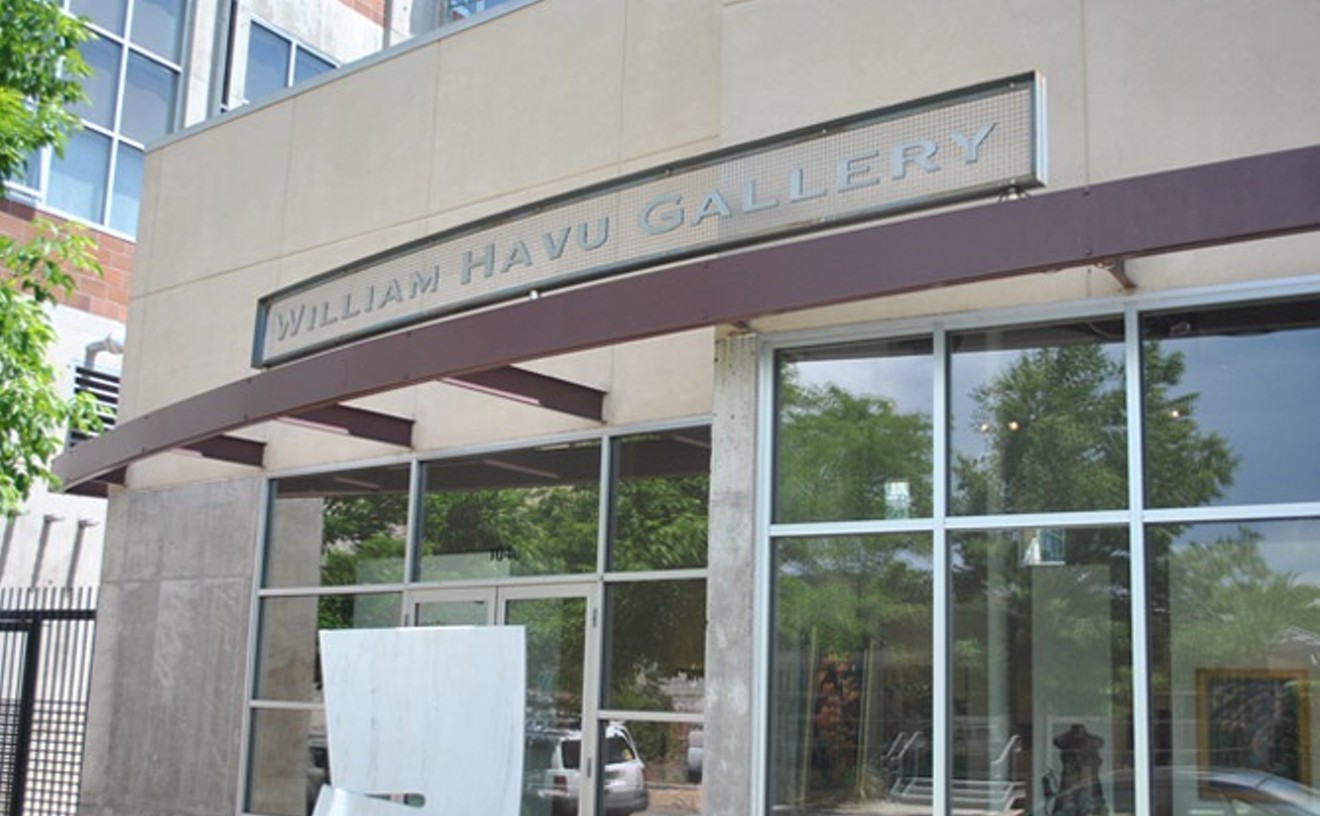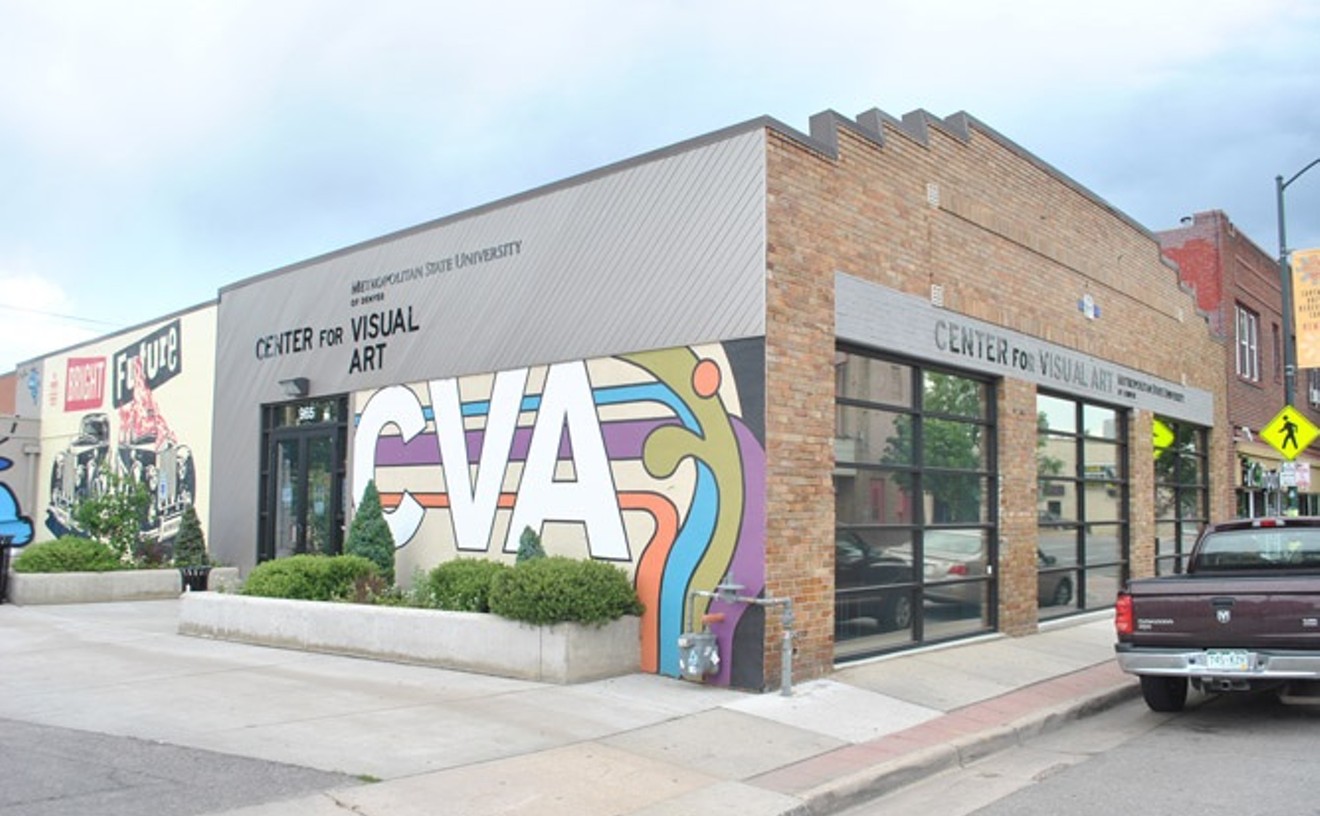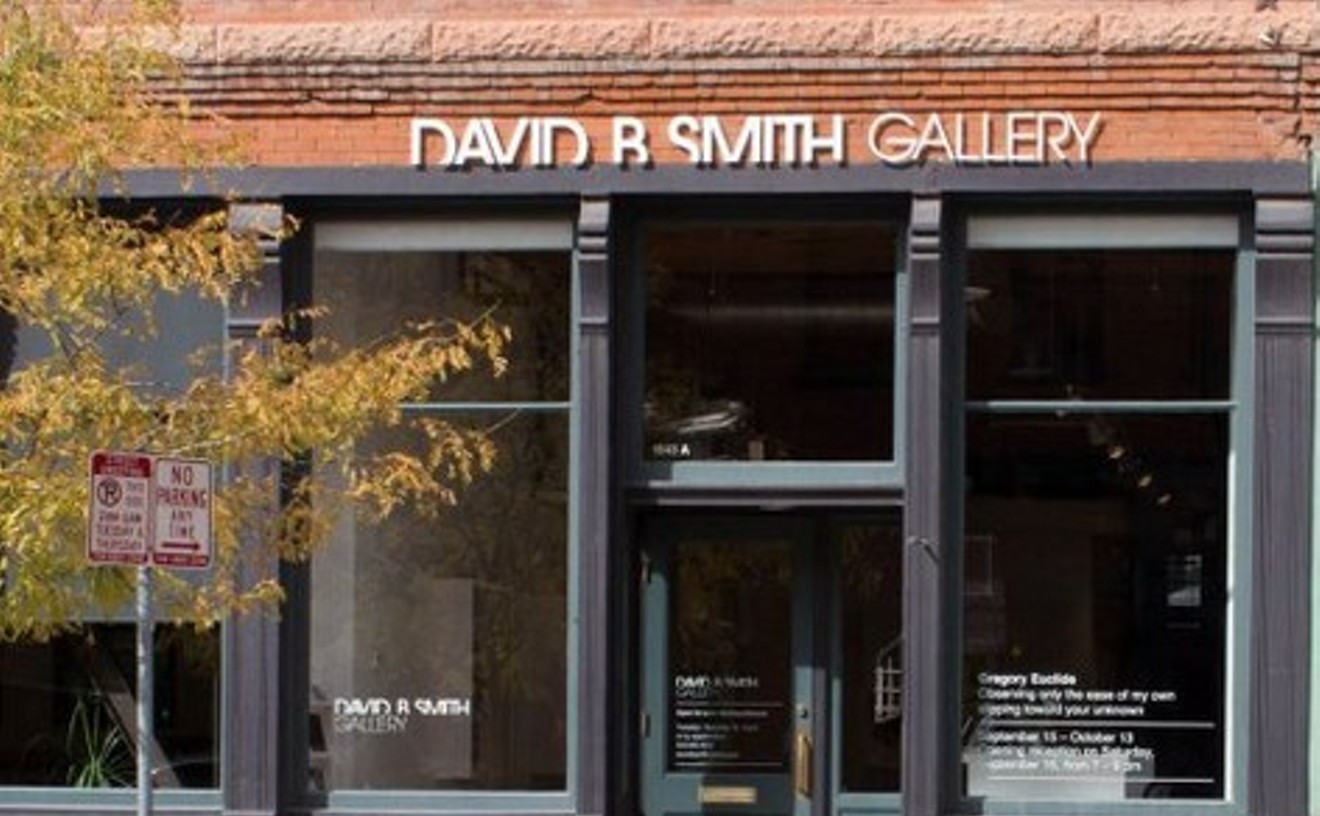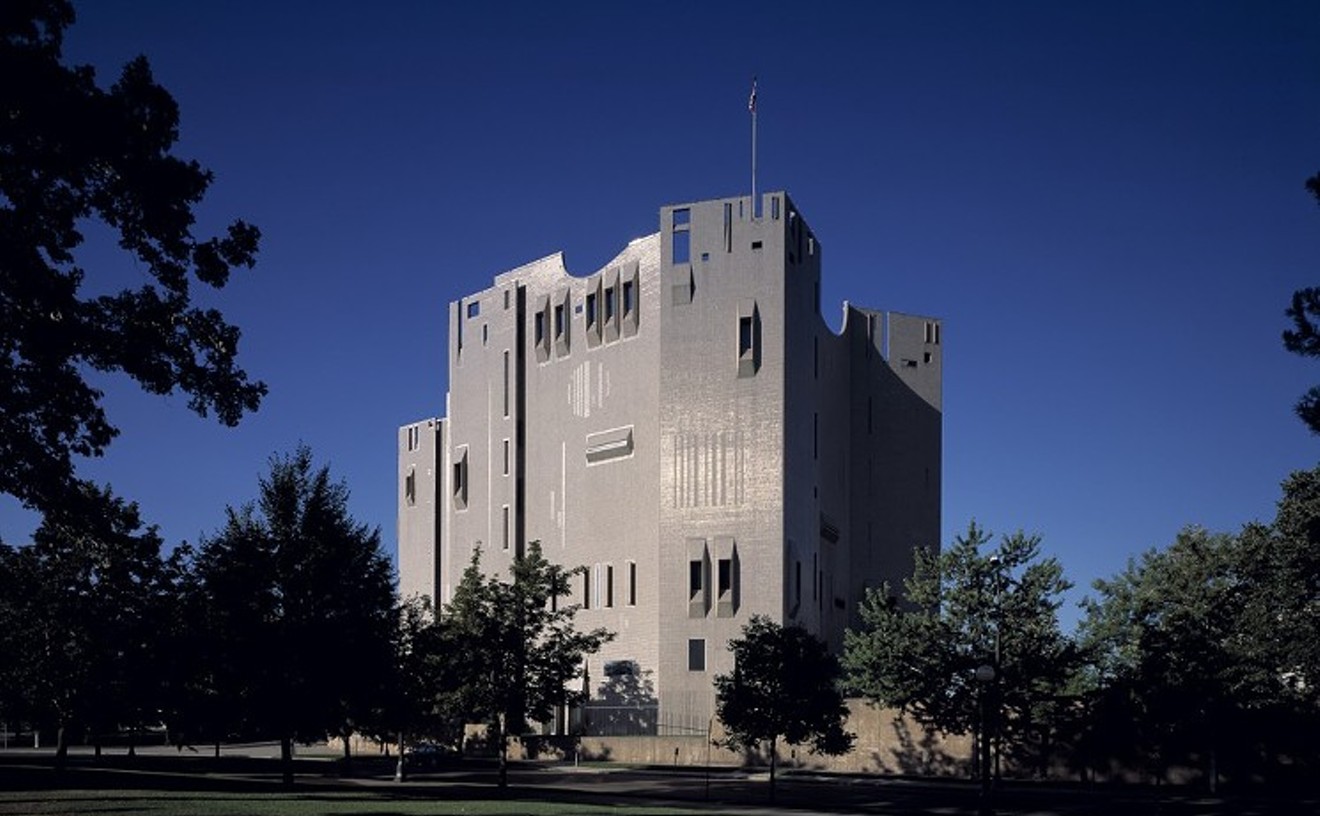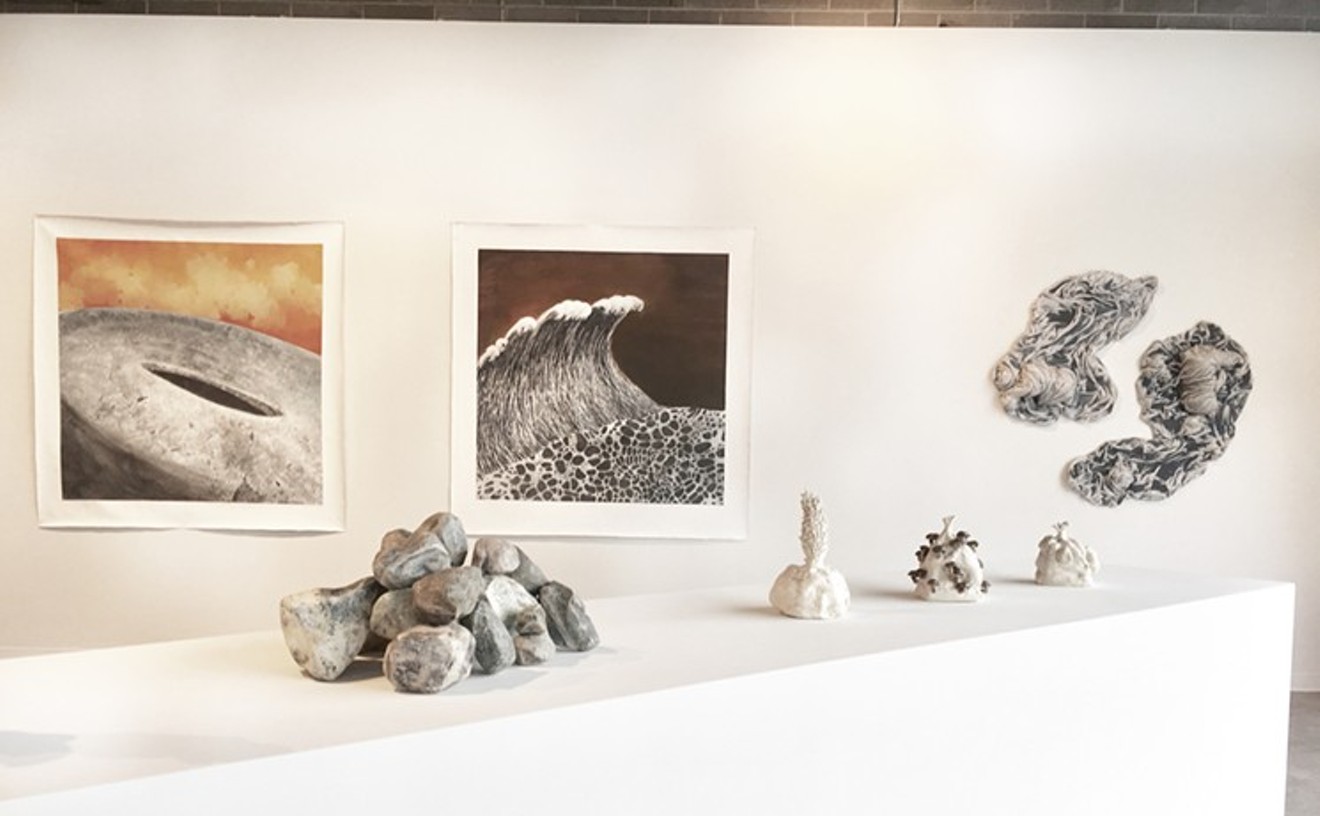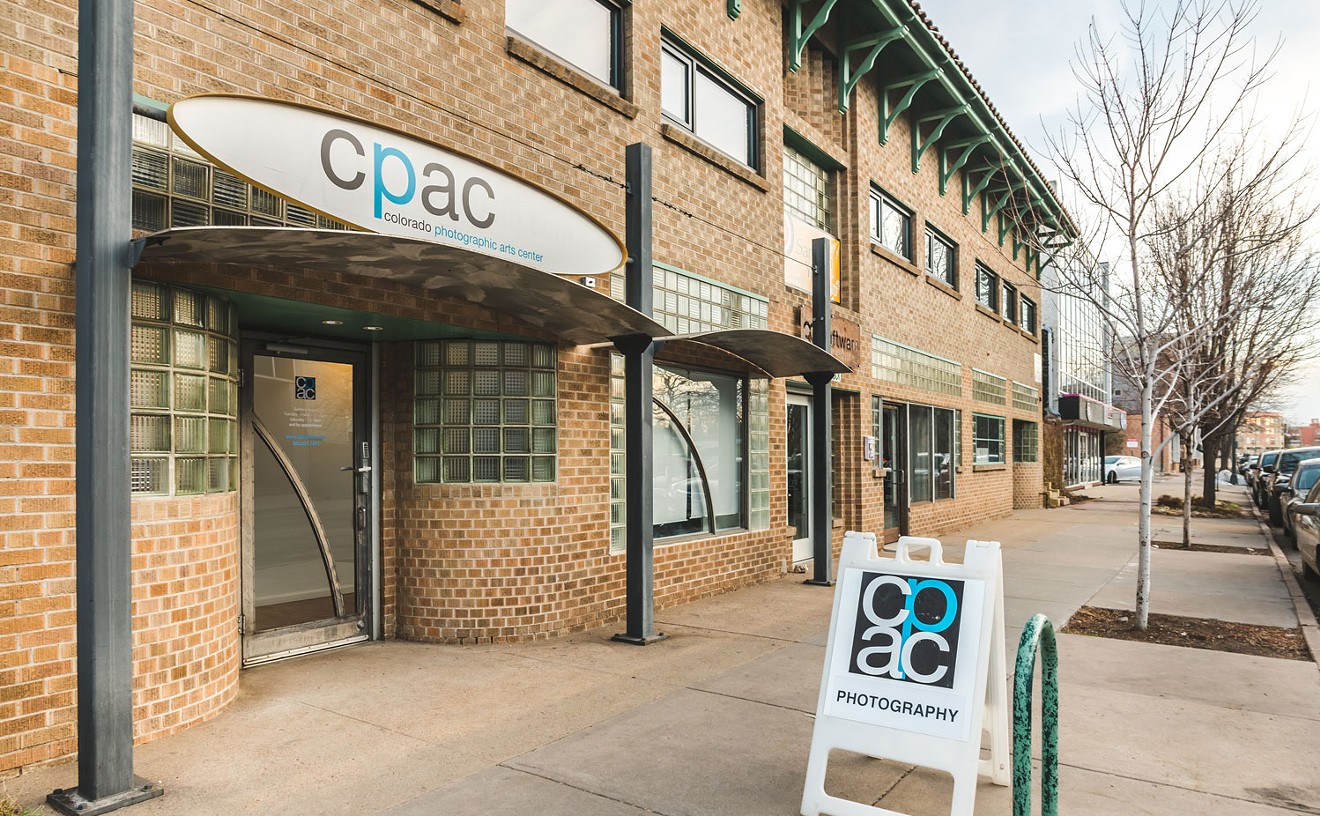Just about everybody in the art world is interested in the next big thing to emerge on the contemporary scene, which is why a number of galleries offer the work of newer — read: younger — artists. A lot of young artists have come through Rule over the years, often freshly minted BFAs, and twenty- and thirty-somethings are still over-represented in the gallery's stable. Co-directors Valerie Santerli and Rachel Beitz are always scouting local talent: If someone's about to get hot, Rule will be among the first to get there.
Readers' Choice: Mirada Fine Art Gallery





